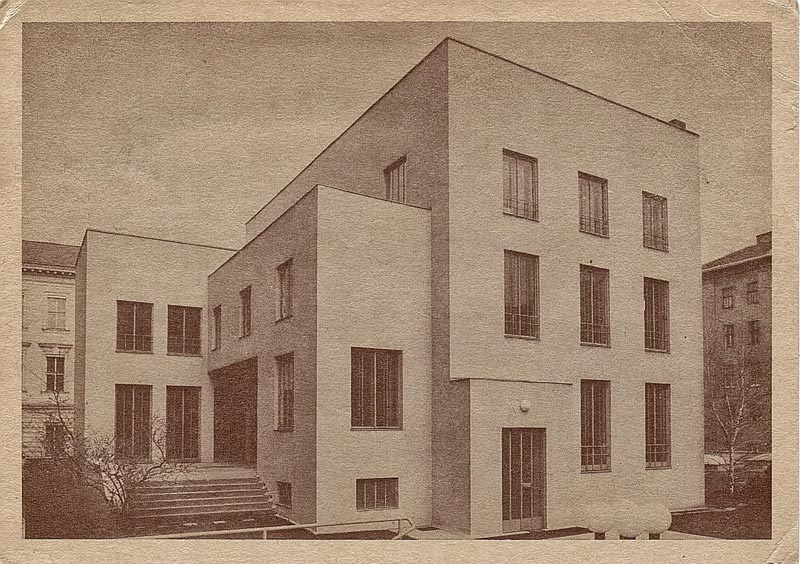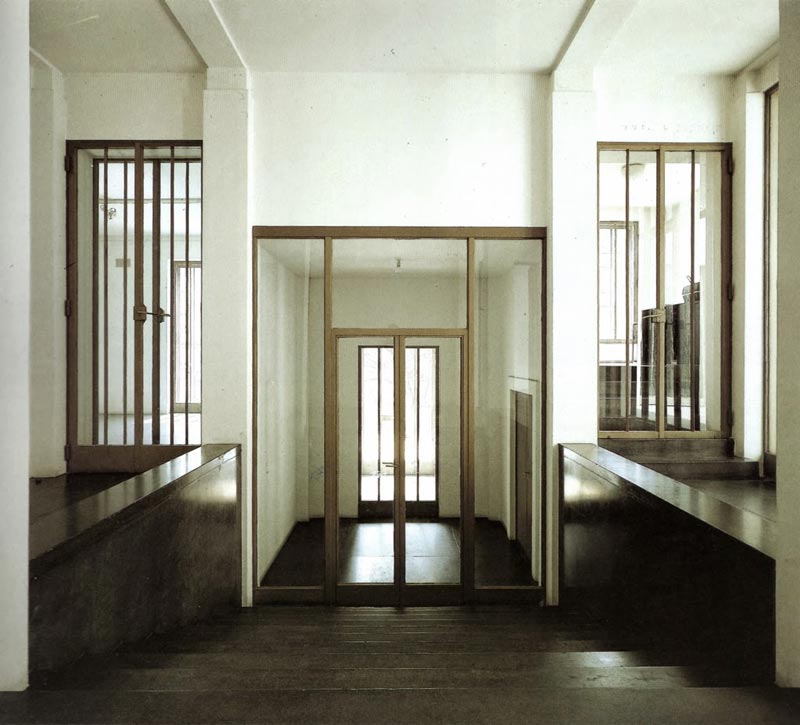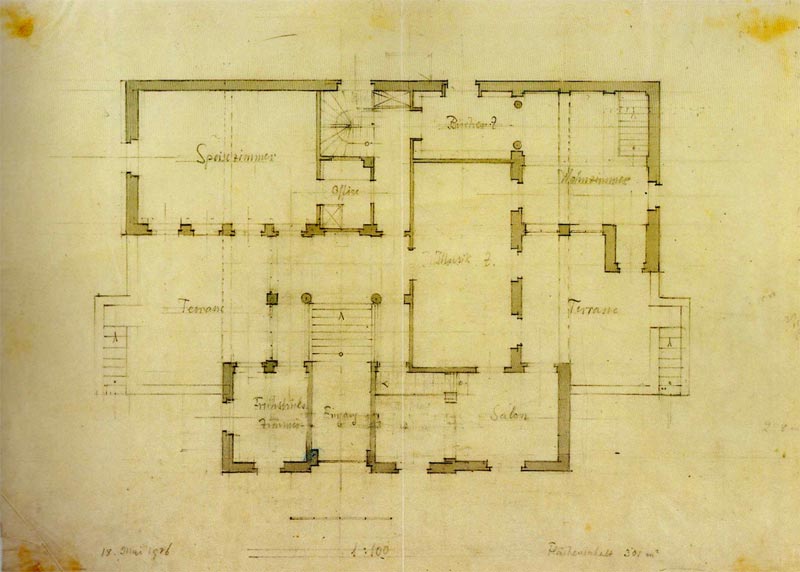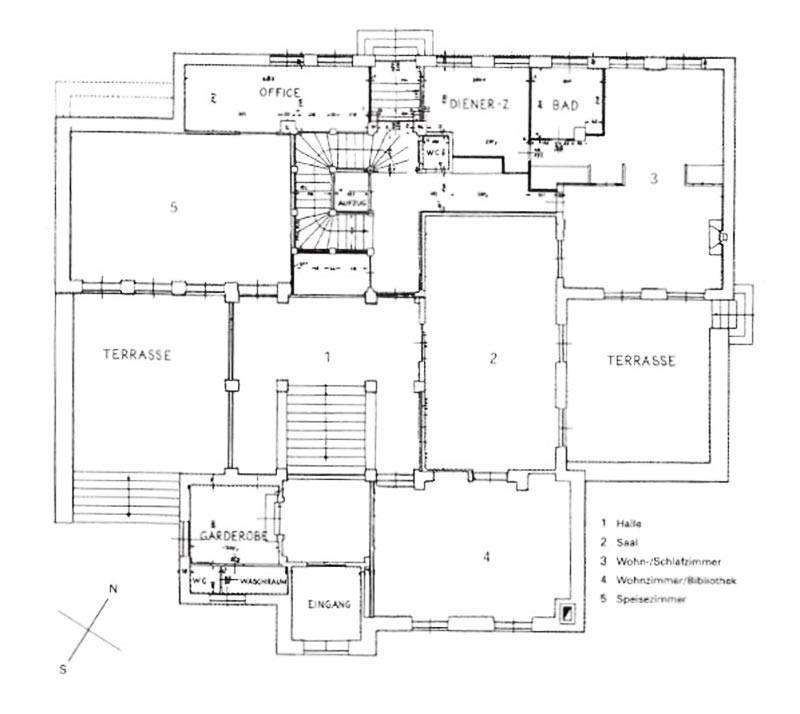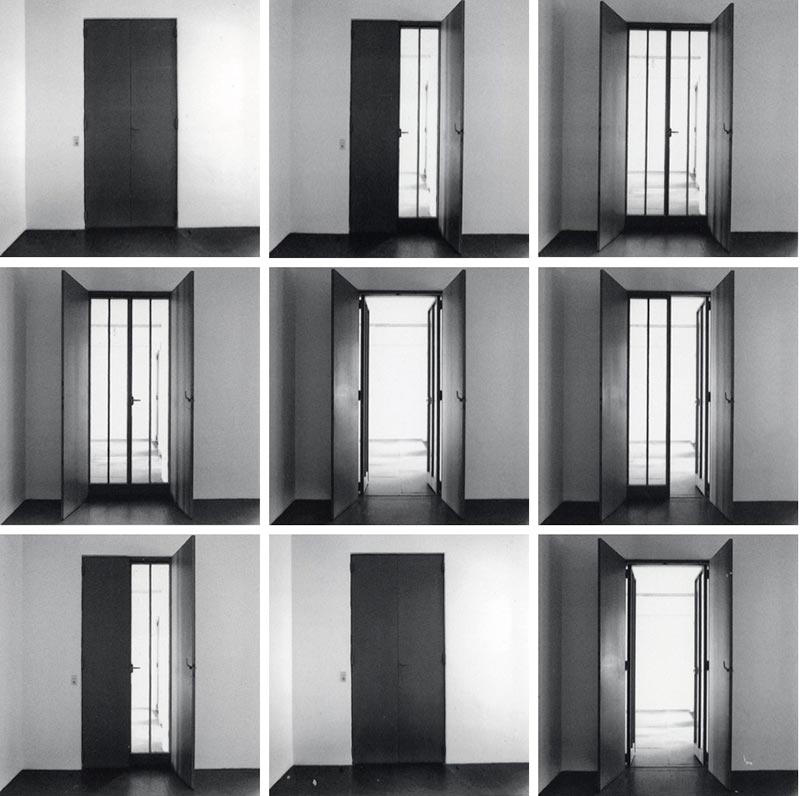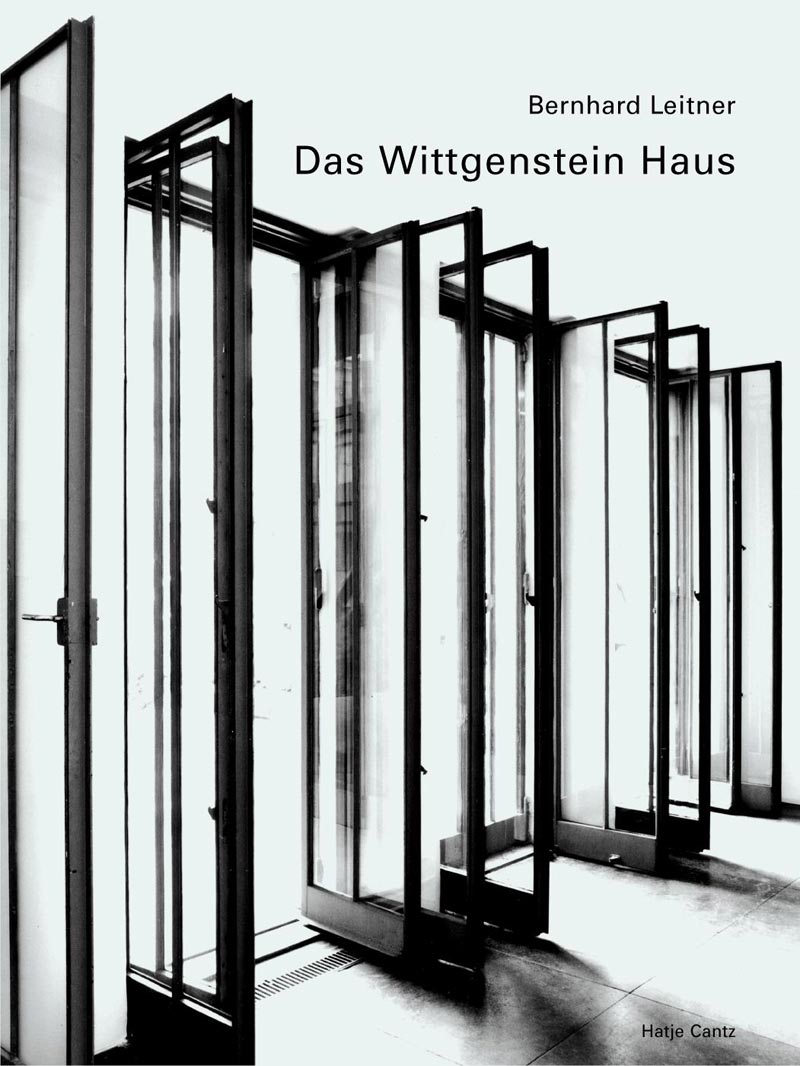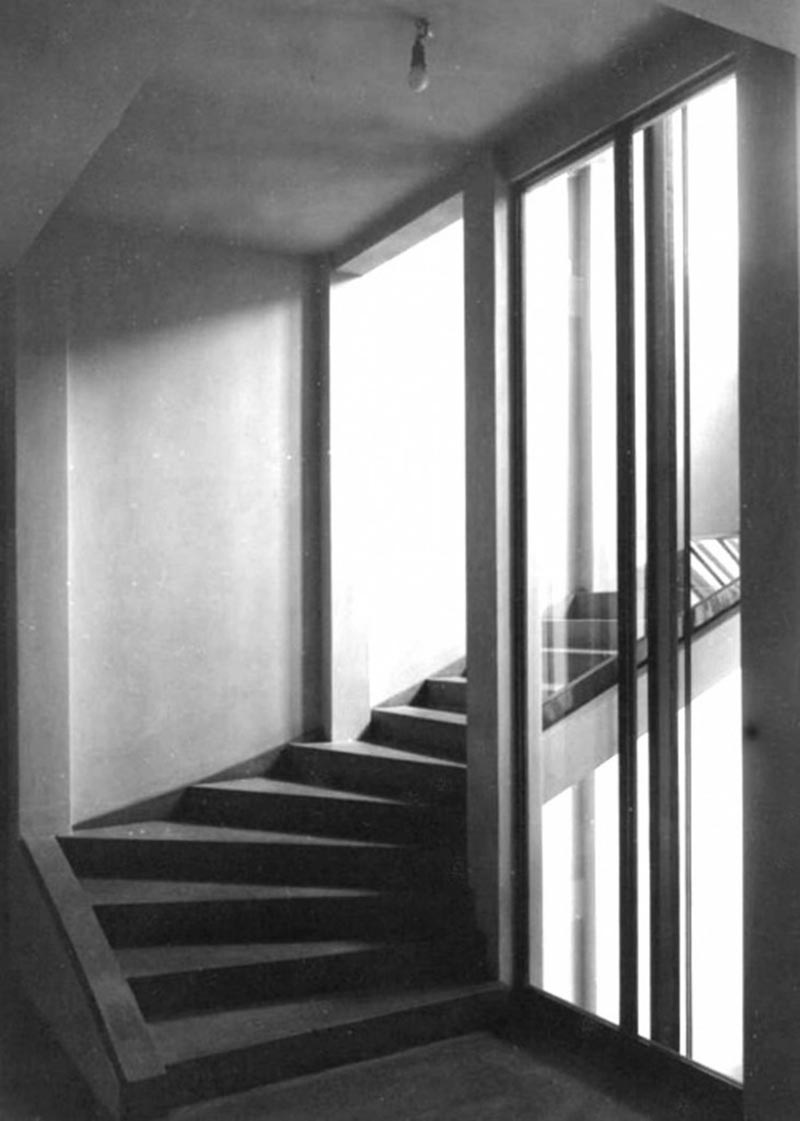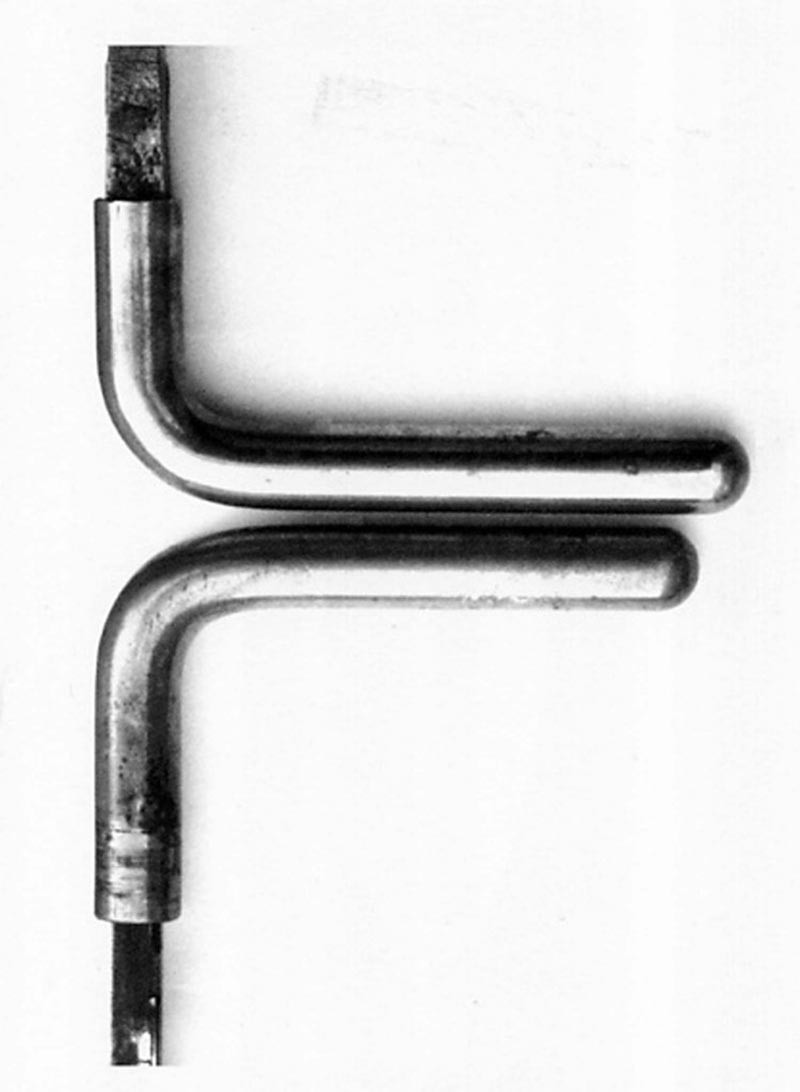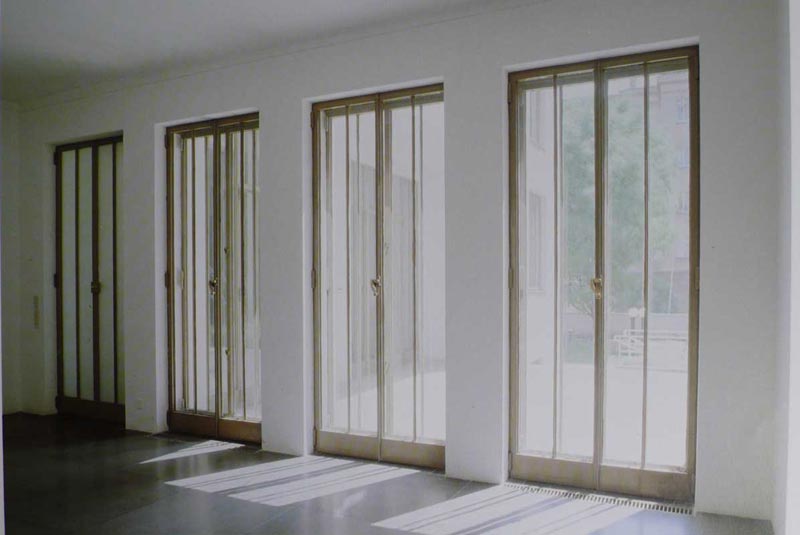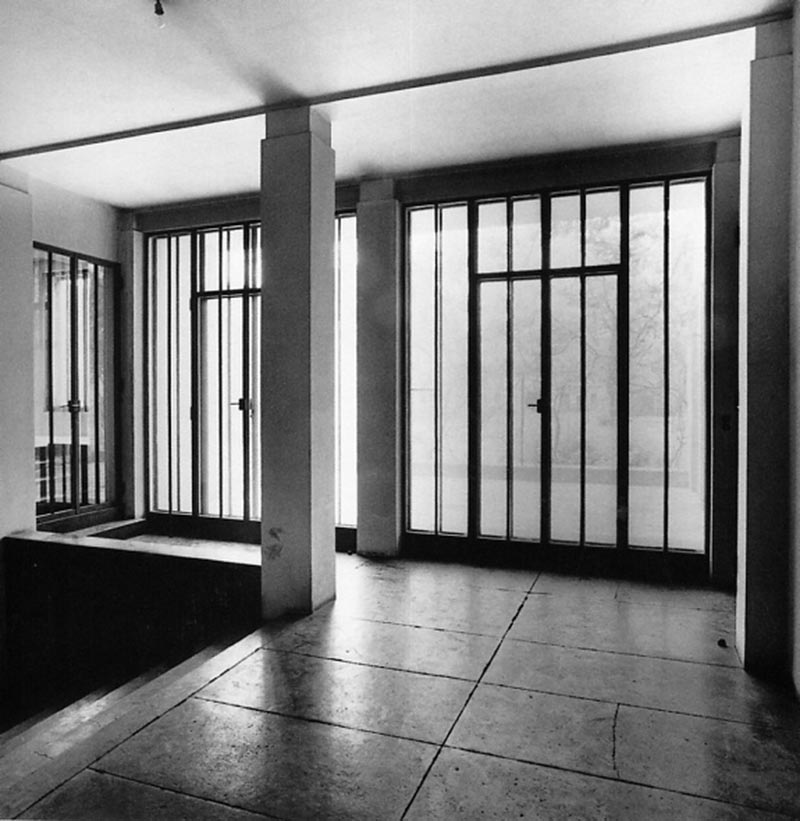Order and Failure: Wittgenstein Haus on Kundmangasse
In November 1925, Margaret Stonborough-Wittgenstein, sister of the Austrian philosopher, commissioned Austrian architect Paul Engelmann to design a large townhouse on Kundmangasse in Wien. She also convinced his brother to collaborate with the architect, probably in order to distract him from an incident he had while working as a primary school teacher in rural Austria where he apparently hit a boy making him pass out.
At that moment Wittgenstein had almost renounced to intellectual activities, left his job as a teacher and was working as a gardener. His sister believed he was in need of some stimulating activity and the construction of a house might have been a source of interest for him.
She was indeed right as the philosopher showed great passion for the task and spent a lot of time over the course of two years, focusing on each detail of the house and apparently becoming extremely demanding with each person involved in the design and execution of the project.
Engelmann designed the main volume of the house as three intersecting blocks and left the exterior devoid of any decoration in a language similar to that of Adolf Loos‘ works.
In
1926, Wittgenstein left his job as a gardener to devote himself
full-time to the project and he slowly became obsessed with it to the
point of interrupting the collaboration with Engelmann.
The philosopher accepted the general framework of the house proposed by
the architect, expanding the ground floor and adding only small elements
to the exterior configuration. He then focused on the definition of the
rooms, designing every detail from the doors and paving to the
radiators and the doorhandles, the finishing and even the mechanical
plumbing and electrical system, looking for an overall clarity and
austerity.
The floor plan is made by rooms which always open to adjacents ones and to the terraces allowing light to flow generously through the spaces. Every vertical element bind directly to the ground without the need of thresholds and skirtings.
Designing the rooms, Wittgenstein applies a set of self-imposed rules which were to work within the imposed parameters of the overall design of the house, but in the end he is obliged to resort to several compromises as different orders find themselves in conflict, within the frame of the same architectural composition.
For example, in each room there is the research for a specific order given by symmetry, which lead to the thickening of walls when necessary. The layout of the floor was designed in order to respond to such a symmetry, but the specific conditions of each room led this spasmodic research for a general geometrical control to a failure as the task of perfect order reveals impossible to achieve.
The house was completed by December 1928 and today it is home for the Cultural Department of the Bulgarian Embassy.
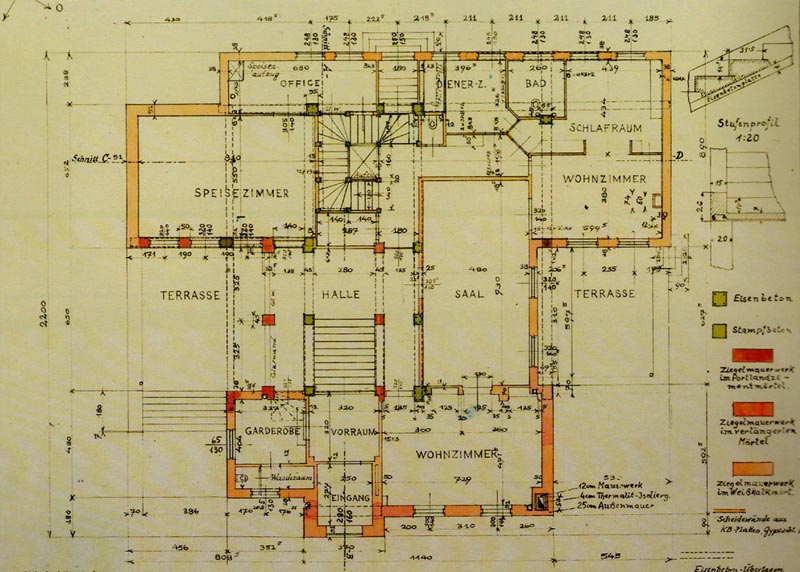
Construction plan, November 1926, signed by Engelmann and Wittgenstein, Courtesy of Baupolizei, Rathaus Wien http://thecharnelhouse.org/
Further readings and images:
A house is a house: Architecture is a gesture
The Wittgenstein House by Bernhard Leitner
Images via:
